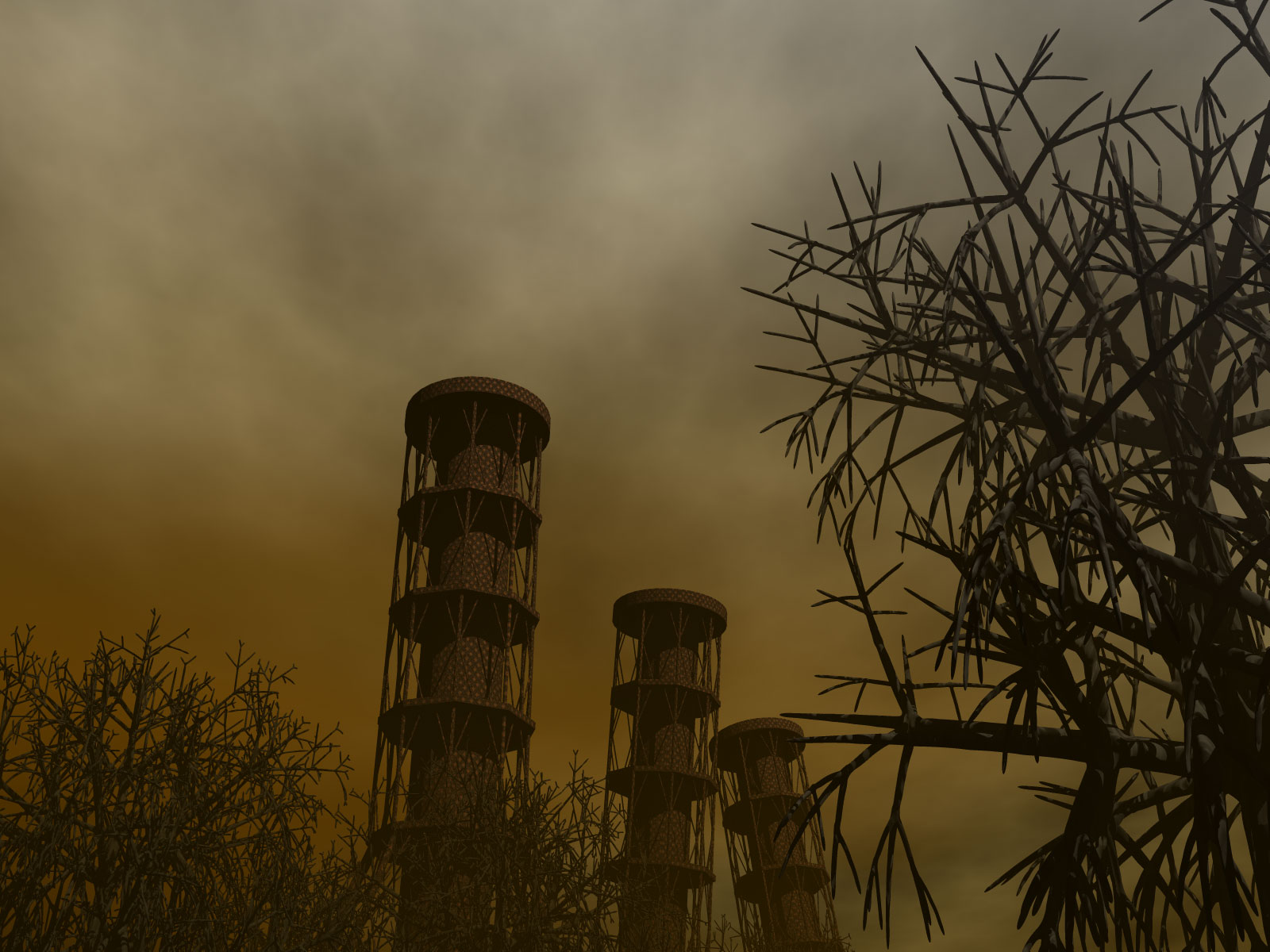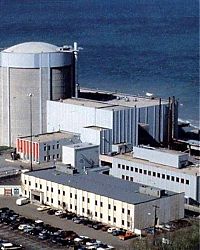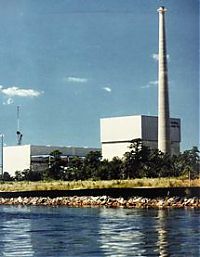
Dec. 30, 2007
http://www.thestate.com/local/story/270296.html
S.C. would be affected by proposal to solve Italy’s problem
By SAMMY FRETWELL - sfretwell@thestate.com
S.C. would be affected by proposal to solve Italy’s problem
Exporting nuclear waste from Italy through Charleston would solve a problem plaguing the European nation for nearly 50 years: where to dispose of radioactive garbage scattered across the countryside.
But critics say solving Italy’s low-level waste problem isn’t an American responsibility — and it’s an issue Congress should address.
Unlike the United States, Italy has no permanent repository to bury or seal away low-level atomic waste. Since shuttering its nuclear power industry two decades ago, Italy has stored the radioactive material at power plants and other sites across that nation.
Now, Energy Solutions Inc. of Utah is seeking federal approval to import up to 20,000 tons of Italian low-level waste through Charleston and New Orleans for processing and disposal in the United States.
The volume, which translates to about 1 million cubic feet, is believed to be unprecedented in the United States. It is among no more than 20 requests of its kind since 1995, according to the Nuclear Regulatory Commission.
Some policymakers in South Carolina say they’re worried about the danger of hauling tons of nuclear waste through the state by truck or rail.
“They need to deal with it,” state Sen. Joel Lourie, D-Richland, said of Italy.
Conservationists also have expressed concern that Italian nuclear garbage could wind up in the state’s 36-year-old atomic waste dump, which Energy Solutions operates. The company says it won’t bury the waste at the Barnwell County dump; the site is scheduled to close to the nation this summer.
Still, Lourie wants Congress to look at the impact of letting the U.S. accept low-level atomic garbage from other nations.
He and state Sen. Vincent Sheheen, D-Kershaw, recently wrote South Carolina’s congressional delegation expressing concerns. Lourie likened the debate over importing waste to South Carolina’s struggle to close its Barnwell County nuclear dump to the nation. Despite widespread criticism that South Carolina has been the nation’s nuclear waste dump, closing the landfill took more than a decade as an Energy Solutions company lobbied lawmakers to keep it open.
“Do we want to promote that kind of industry in America, where we accept everyone else’s nuclear waste, or should we encourage other countries to deal with it on their own soil?” Lourie asked.
Lourie said he has not heard back from any members of South Carolina’s legislative delegation, but congressional members from Kentucky, Texas and Tennessee are upset. The Energy Solutions plan relies on processing in Tennessee and some disposal in Utah.
Nuclear Regulatory Commission chairman Dale Klein says the agency would take state concerns into account when it considers issuing an import license to Energy Solutions. South Carolina, for instance, blocked a similar disposal plan from Mexico in 1995, Klein said in a recent letter obtained by The Salt Lake Tribune.
What’s the concern?
Low-level nuclear waste can be as benign as lightly contaminated booties or hospital gowns. But it also can include some more highly radioactive material that can be lethal — and it can pollute the environment.
The Barnwell County landfill, for instance, is the only one now open to the nation for the most toxic forms of low-level waste. The 235-acre landfill has leaked and is contaminating groundwater at levels comparable to the Savannah River Site nuclear weapons complex nearby.
Some state legislators have been approached this month by a waste processing company lobbyist about a bill to keep the Barnwell County landfill open, but few have expressed interest in the idea. In recent documents filed with the NRC, Energy Solutions told federal regulators it has no intention of dumping the Italian waste in Barnwell County.
The amount of waste coming from Italy would nearly fill the Barnwell County landfill if it were sent there. By agreement, that space has been reserved for nuclear refuse from South Carolina, Connecticut and New Jersey.
“We are on record as stating that we will not be pursuing legislation during the next session,” company senior vice-president Greg Hopkins said in a statement. “As for others who may be pursuing legislation, you would have to ask them. I’m not aware of any.”
Instead, Energy Solutions plans to ship about 8 percent of the Italian nuclear waste to a burial ground it operates in Clive, Utah. The rest will be “processed” or recycled at an Energy Solutions site in east Tennessee, the company recently told the Nuclear Regulatory Commission.
A spokeswoman for U.S. Rep. Bart Gordon, D-Tennessee, said the congressman isn’t happy with the plan. A key concern is burning nuclear waste in that state.
“Bart thinks it’s troubling that the U.S. is disposing of nuclear waste from other countries when we have so many challenges in disposing of nuclear waste generated in the U.S.,” said his communications director, Julie Eubank. “Countries should bear more responsibility in disposing of waste they generated.”
The lack of a repository in Italy is an issue, according to Energy Solutions. Some of Italy’s high-level waste now is sent to other nations for recycling. (The U.S. also has in the past accepted high-level waste from other countries to prevent terrorist threats abroad.)
“My understanding is that with Italy, they don’t have a disposition path,” Energy Solutions spokesman Mark Walker said. “One thing they need to do is figure a way to manage this” low-level waste.
The amount of waste that would come from Italy appears to be a substantial percentage stored in that country, according to some reports. But Energy Solutions could not confirm that when asked by The State. The material would come from the country’s four closed nuclear plants and four other facilities, according to Energy Solutions.
A 2006 Italian report on nuclear waste management says the nation needs help from other countries to manage different types of nuclear waste.
“International cooperation is recognized to be of high importance,” according to the report, provided to The State by the International Atomic Energy Agency.
Italy has had plans to build a low-level radioactive waste dump for some time, as well as one for high-level waste. But the 2006 report says citizen opposition has postponed those plans.
A nation of about 60 million people, Italy has four closed nuclear power stations, as well as other nuclear facilities with low-level atomic waste. Construction on the first plant began in 1958. The last of the power plants began shutting down in the late 1980s as opposition to nuclear energy grew.


























